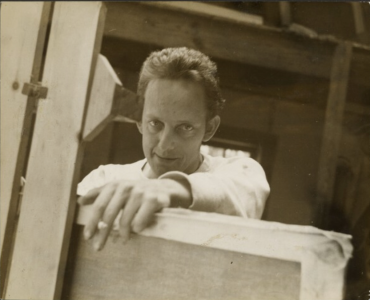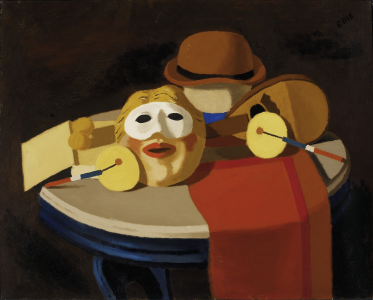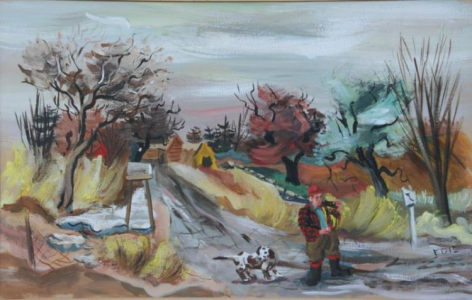
Biography
Stuart Carson Edie was born in Wichita Falls, TX in 1908. He studied with Thomas Hart Benton at the Kansas City Art Institute. From Kansas City he went to New York, where he attended the Art Students League, after which he was a member of the Woodstock, NY Artists Colony. While in New York Edie briefly taught at the American Artists School, a socialist-inspired school that attracted many great artists of the era in the years 1936-1941.
Edie completed a Post Office mural "The Life of the Senecas" for Honeoye Falls, NY in 1942. His work was exhibited frequently in the 1930s and 1940s. In 1944 he joined the faculty of the University of Iowa in Iowa City, IA, where he taught until 1970. He died in Guanajuato, Mexico in 1974.



Critical Analysis
While Stuart Edie had quite a successful career in the 1930s, showing his work in many exhibitions, this was hardly an era in which an artist could easily earn a living. So when Edie had the opportunity for a stable teaching job in Iowa, he took it - and remained in Iowa for 26 years. He was a successor to Philip Guston at the University of Iowa, so obviously the school was able to attract first-rate artistic talent. Teaching at the University of Iowa, Edie was mentor to a number of successful artists.
In the 1930s Edie appears to have experimented with many styles. There are examples of American Scene paintings that hew closely to the style of Grant Wood. And there are other, more striking, cubist paintings. This versatility was doubtless an asset for Edie's teaching career. He continued to paint - and to win recognition for his paintings - while teaching in Iowa City.
Murals
- Honeoye Falls, New York - Post Office: The Life of the Senecas
References
- Eye on UI Faculty: Byron Burford, Stuart Edie, and James Lechay (Figge Art Museum).
- Stuart Carson Edie (askART).
- Stuart Carson Edie (artist-info).